Fred Flintstone, eco-warrior – who knew? Yes, it turns out that everything really, really old is new again…for sustainable, eco-friendly living, you just can’t beat a cave. In fact, there are some parts of Asia and Europe where people have been cave dwellers for centuries, right up through modern times. The Sassi di Matera, in Basilicata, Italy were occupied for 9,000 years, and are today being re-purposed as hotels and restaurants. In China’s Shaanxi Province, over 30,000 people live in caves that have belonged to their families for generations – in fact, even Mao Zedong, father of modern China, spent some time living in a cave before assuming leadership of the country.
So why live in a cave? For one thing, they’re extremely energy efficient. No need for a high carbon footprint when you live in a place whose thick walls act as natural insulation, keeping your home warm in winter and cool in summer. Also, underground living means that the surface land can be used for planting or left in its pristine state. Some caves even come complete with freshwater streams, which allow for an off-the-grid source of water and sometimes even power. And of course, when you live in a cave, the building materials are as natural as can be, and locally-sourced, to boot!
One awesome modern cave dwelling is located in Bisbee, Arizona, and is currently on the market for $1.5 million. The luxurious 2,980 square foot “Cave House” comes complete with an office, a library and two bathrooms, and is surrounded by 37 acres with stunning views of the Mule Mountains, as well as a creek and hundreds of different wildlife species including birds, butterflies, lizards, frogs, foxes, deer and ring-tailed cats. Its green-living features include a freshwater spring, bamboo flooring and an energy-efficient pellet fireplace.
Another cool cave home is the one built by the Sleeper family in Festus, Missouri. They constructed it inside a 17,000 square foot hole formerly used as a sandstone mine, and its exterior is composed of the glass from 300 sliding doors purchased from a local resale outlet. Home owner (and builder) William “Curt” Sleeper even sold the leftover aluminum scrap to a recycling center, making this a zero-waste DIY project. He found that the cave walls kept the interior temperature at 65 to 70 degrees year-round, and the family could pull more than 100 gallons of water per day from the damp cave air using dehumidifiers. This water was then pumped outside and used to feed their chickens and water the garden. They also used recycled oak flooring and eco-friendly fluorescent light fixtures.
If you think you’d like to live in a cave home of your own, the Department of Energy has a few tips to offer wannabe Barney and Betty Rubbles:
- Earth-sheltered homes are more cost-effective in climates that are low in humidity as well as experiencing significant climate changes throughout the year, as is the case in the Great Plains or Rocky Mountain regions.
- If you’ll need to excavate your own manmade “cave”, the more steeply-sloped your site, the better.
- You’ll also be better off if your soil is granular, such as gravel or sand, since these will bear more weight than cohesive, clay-type soils which tend to expand when wet and have poor permeability.
- Consider the groundwater level. Natural drainage leading away from the structure is preferable, since this keeps water pressure from build up against underground walls and causing them to collapse. In the event there is no natural drainage, however, drainage systems can be installed.
You’ll also need to determine the best construction materials to support your underground hobbit hole:
- Concrete is durable, strong and fire-resistant. Steel-reinforced concrete blocks can be used, and are typically less expensive than having concrete cast on site.
- Wood is a good choice for light structural and interior work.
- Steel can be used for columns, beams and bar joists as well as for reinforcing concrete, but must be protected against corrosion if there’s a possibility it might be exposed to groundwater or to the elements.
- Whatever materials you use, you’ll need to have some sort of waterproofing in place. The most environmentally-friendly choice is bentonite, a natural clay that can be formed into panels or sprayed on in liquid form. Whenever bentonite is exposed to moisture, it expands and forms a protective seal.
While cave-dwelling many not be for everyone, our common ancestral home turns out to be a surprisingly viable solution for modern, sustainable living.
(Images: KPLR11.com and Bisbee Realty)
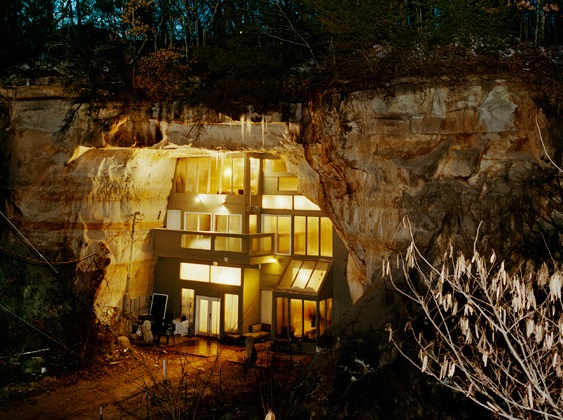
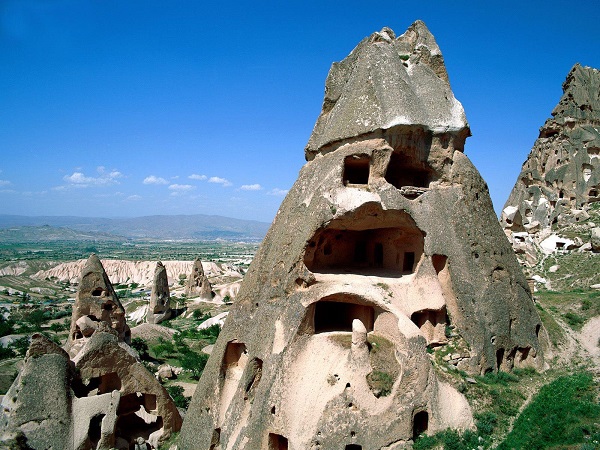
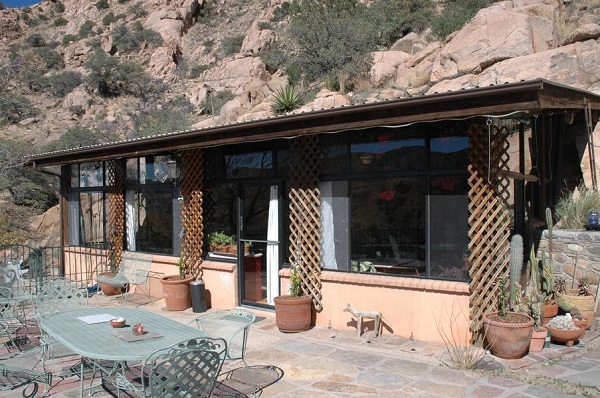
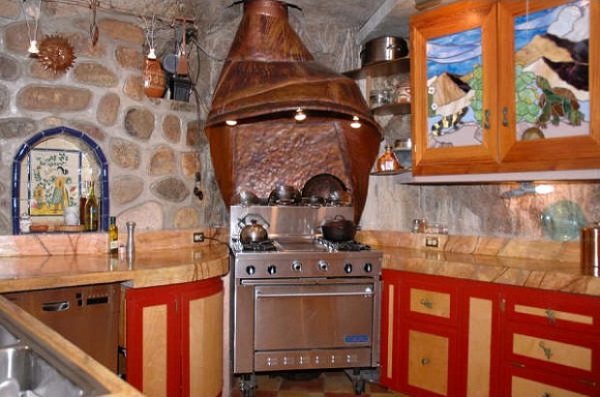
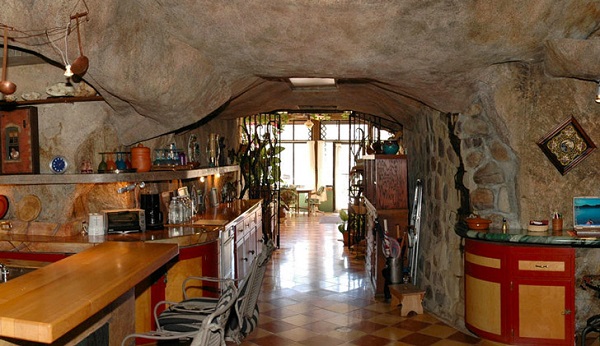
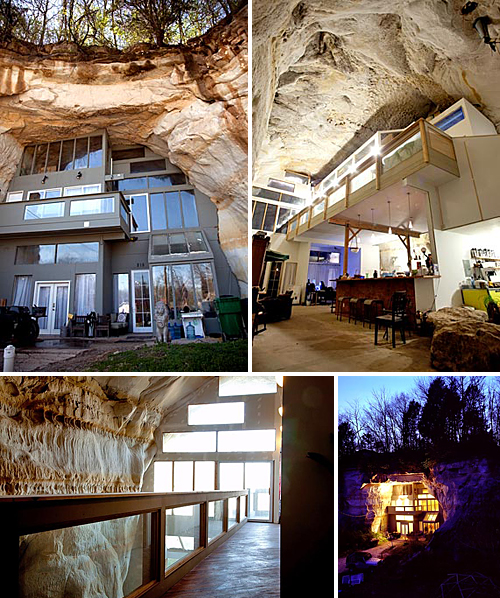
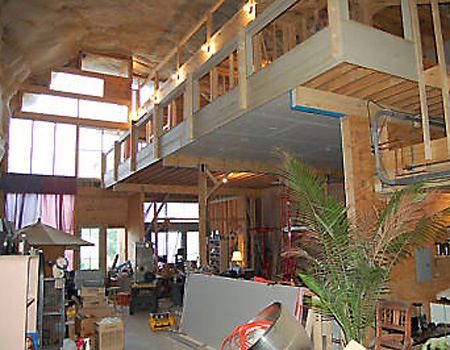
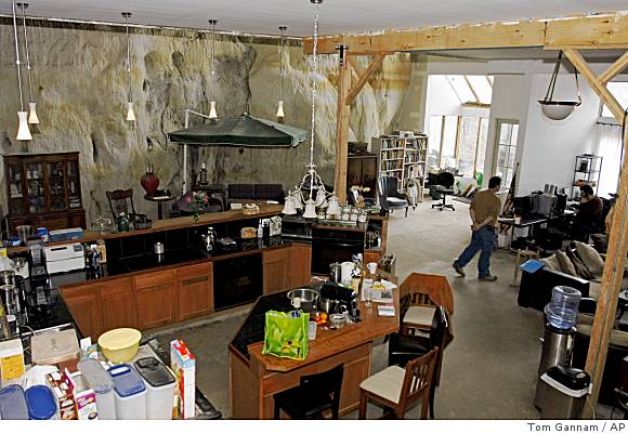
 Artist’s Eichler Home Goes Green with Solar Energy and Foam Roof
Artist’s Eichler Home Goes Green with Solar Energy and Foam Roof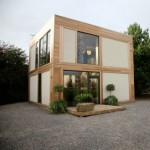 The British ModCell is Taking Prefab Homes to a Whole New Level with Straw Bale Construction
The British ModCell is Taking Prefab Homes to a Whole New Level with Straw Bale Construction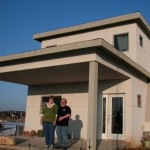 Town hit by Monstrous Tornado Rebuilds Green, Invigorates the Community and Flourishes
Town hit by Monstrous Tornado Rebuilds Green, Invigorates the Community and Flourishes